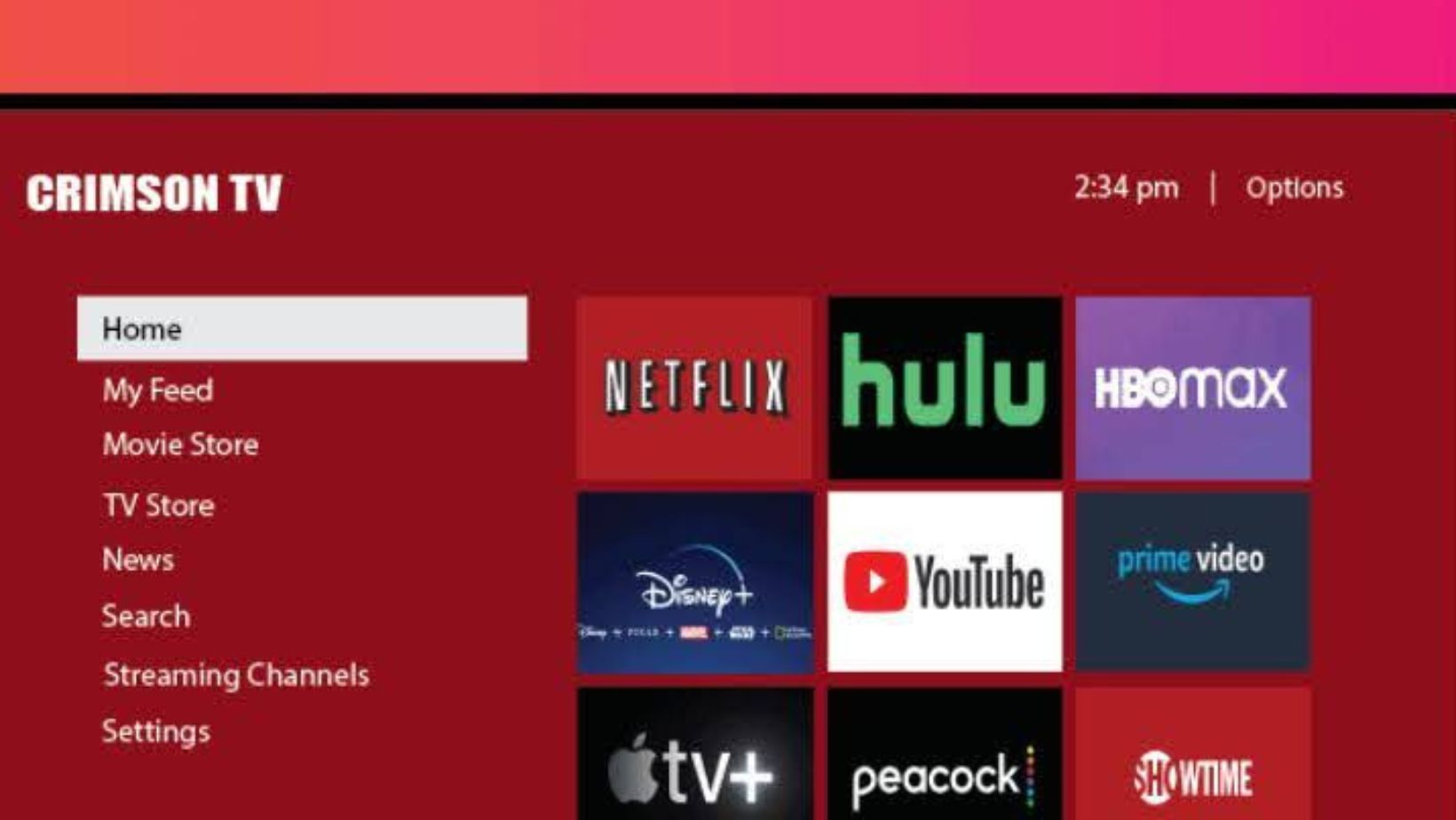In recent years, streaming platforms have revolutionized the way we consume entertainment. What started as a niche service has now become the primary method of watching television, movies, and sports. With services like Netflix, Hulu, Disney+, and newer platforms, the options for accessing high-quality content are virtually endless. This transformation in how we watch media has had a profound impact not only on the entertainment industry but also on our daily lives and habits. In this article, we will explore the growing popularity of streaming platforms, how they are reshaping the entertainment landscape, and the benefits they offer to both consumers and content creators.
The streaming revolution has been driven by factors such as convenience, affordability, and an ever-expanding content library. Platforms like Starzino have made it easier than ever for consumers to access their favorite shows and movies, offering flexible subscription models that cater to a wide range of preferences. With the shift from traditional cable TV to digital streaming services, the entertainment industry is experiencing a seismic shift that shows no signs of slowing down.
1. Convenience and Accessibility
One of the most compelling reasons for the rise of streaming platforms is their convenience. In the past, watching a TV show or movie required being in front of the television at a specific time, or relying on rental stores for DVDs or VHS tapes. Streaming services, on the other hand, allow users to access content on-demand, at any time, and from virtually any device—whether it’s a smartphone, tablet, smart TV, or laptop.
For consumers, this flexibility is a game-changer. You can start watching a show on your TV at home, pause it, and pick it up on your phone while commuting to work. Additionally, streaming platforms are available anywhere there is an internet connection, making it easier for people to watch their favorite content while traveling or on vacation.
Moreover, streaming services often provide features that enhance the viewing experience, such as the ability to download content for offline viewing, personalized recommendations based on viewing history, and the option to skip intros or scenes. These features not only make it easier for users to enjoy their entertainment but also give them more control over how they consume media.
2. Affordability and Flexibility
Another reason streaming platforms have gained widespread popularity is their affordability compared to traditional cable subscriptions. Cable TV packages can be expensive, often requiring users to pay for channels they don’t watch. On the other hand, streaming platforms offer a more affordable alternative, with subscription options starting at just a few dollars a month.
In addition to the lower price, streaming services offer flexible subscription models that allow consumers to choose what works best for them. Many platforms offer tiered pricing, where users can opt for basic plans with ads or premium ad-free options. Some services also allow multiple accounts or streams on a single subscription, making it easier for families or roommates to share the cost.
Furthermore, streaming services typically do not require long-term contracts, unlike cable companies that often bind customers with restrictive agreements. This flexibility allows users to cancel or switch services at any time, making streaming a more attractive option for people who want control over their entertainment spending.
3. Expanding Content Libraries
Streaming platforms have become the go-to source for a wide variety of content, from movies and TV shows to documentaries, stand-up specials, and even live sports. Unlike traditional television networks, which are often limited by schedules and programming, streaming services have extensive libraries of content that are available on-demand.
Platforms like Netflix and Hulu were pioneers in the world of original content, producing their own shows and movies that are exclusively available to subscribers. This has led to the rise of “streaming exclusives,” with highly anticipated shows like Stranger Things, The Witcher, and The Mandalorian drawing millions of viewers to these platforms. Original content has become a key selling point for many services, and it’s clear that producing high-quality, unique content is a strategy that streaming platforms are investing heavily in.

Additionally, streaming services often have access to older content from networks and studios that would otherwise be unavailable on cable or satellite TV. This vast library of content—spanning various genres, languages, and time periods—ensures that there is something for everyone, no matter their interests.
4. The Impact on Traditional Media
The rise of streaming services has had a significant impact on traditional media, particularly cable television and movie theaters. As more consumers cut the cord and move away from cable TV, the advertising model that has traditionally supported network television is under pressure. Cable companies are losing subscribers at an alarming rate, as viewers opt for the more affordable and convenient streaming options available.
Movie theaters have also been affected by the streaming boom. While theaters still provide a unique experience, streaming platforms have made it easier for consumers to watch new releases at home. Some studios have even chosen to release movies directly on streaming platforms, bypassing traditional theatrical releases altogether. This shift has sparked debate within the entertainment industry, with some arguing that the theater experience is being diluted, while others believe that streaming is the future of movie distribution.
In response to the growth of streaming, many traditional media companies have launched their own platforms to compete with services like Netflix and Disney+. For example, WarnerMedia launched HBO Max, and NBCUniversal introduced Peacock. These platforms have expanded the streaming market even further, offering more options and greater competition for consumers.
5. Social and Cultural Shifts
Streaming services have not only changed how we watch content but also how we interact with it. Platforms like Netflix, Hulu, and Amazon Prime have become cultural touchstones, with certain shows becoming part of the collective conversation. The popularity of shows like Game of Thrones and The Crown has led to widespread discussions on social media, fan theories, and memes that spread across the internet.
The on-demand nature of streaming also encourages “binge-watching,” where viewers consume entire seasons or even series of shows in one sitting. This has created a new viewing culture, where people are not only watching content at their own pace but also engaging with others who are watching the same shows. Online communities form around these shows, and platforms have capitalized on this by encouraging social interaction, with features that allow users to share their thoughts and recommendations.

Furthermore, streaming platforms have allowed for greater diversity in the content that is produced and consumed. With the ability to cater to niche audiences, platforms are able to offer content that might not have been produced for traditional television networks. Shows that focus on underrepresented communities, diverse stories, and global perspectives are now more accessible than ever.
6. Future of Streaming: Trends and Innovations
The future of streaming platforms is bright, with continued innovation on the horizon. As technology advances, streaming services are adopting new features that enhance the viewing experience. For example, many platforms now offer 4K content, Dolby Atmos sound, and even virtual reality options that immerse viewers in a more interactive entertainment experience.
The next frontier in streaming could involve the integration of live events, such as sports, concerts, and theater productions, into these platforms. Many services are already experimenting with live streaming and interactive content, allowing viewers to engage with the content in real-time.
Moreover, as internet speeds continue to improve, we can expect streaming platforms to offer even higher-quality content without buffering or delays. This could further solidify streaming as the preferred method for consuming entertainment, especially as traditional media continues to evolve in response to changing consumer preferences.
In conclusion, streaming platforms have completely transformed the entertainment industry, offering greater convenience, affordability, and a wide variety of content. As more consumers choose streaming over traditional cable and satellite TV, platforms like Netflix, Disney+, Hulu are leading the charge in reshaping how we consume media. With innovative features, original programming, and an ever-expanding library of content, streaming services are poised to dominate the entertainment landscape for years to come.
